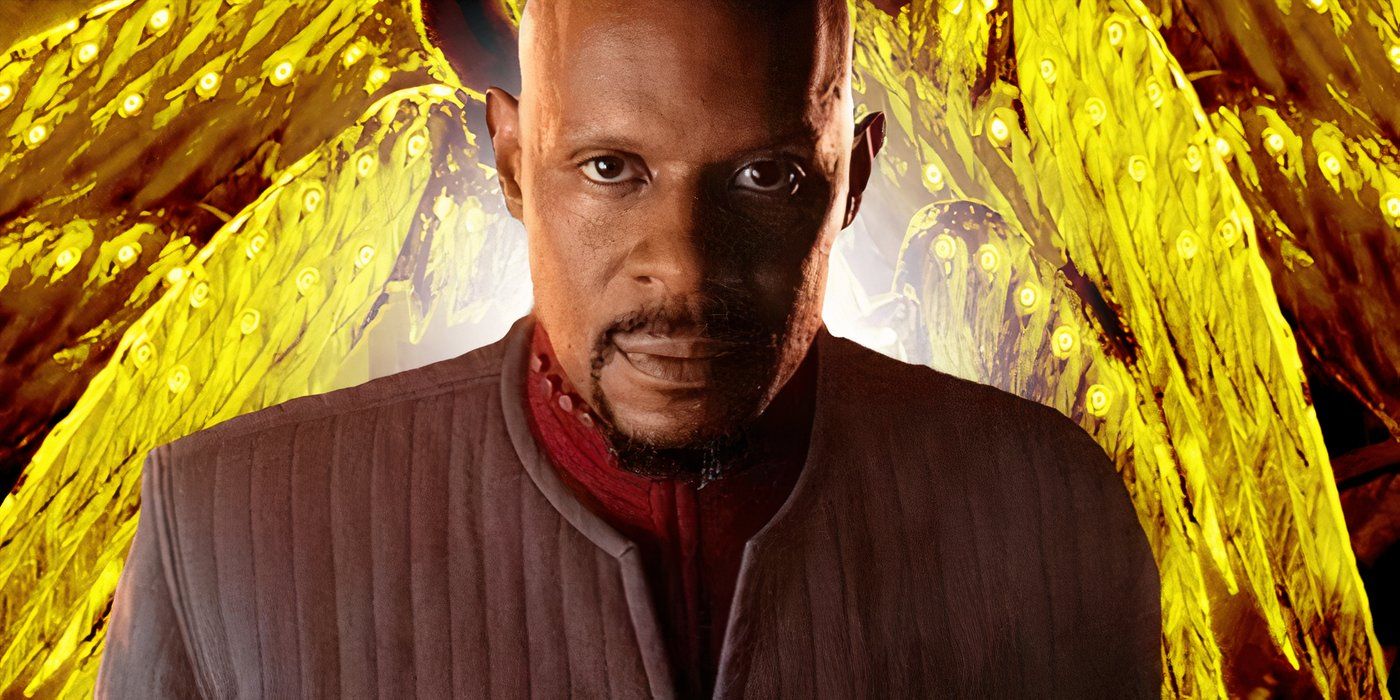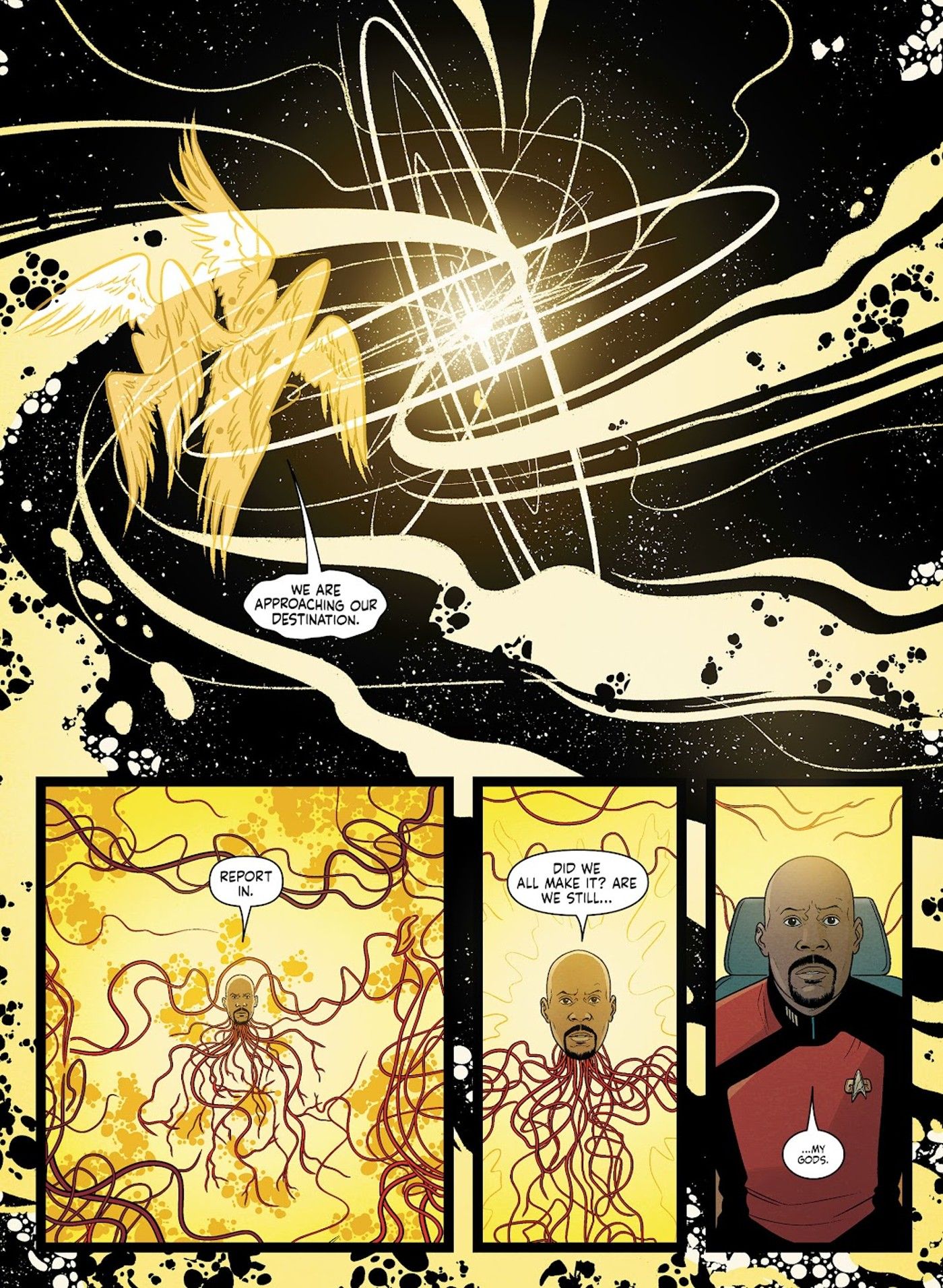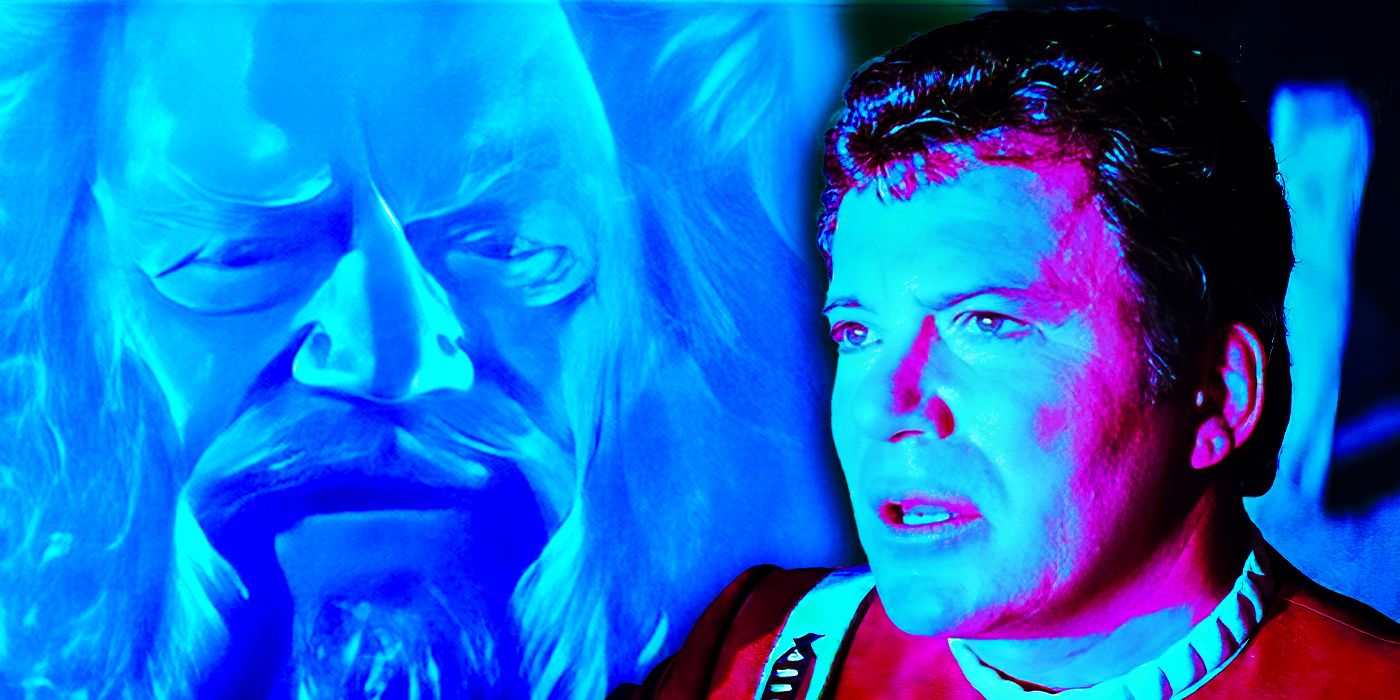Summary
- In Star Trek #20 , Sisko's crew visit the Plemora, aka the realm of the gods.
- To get there, their physical forms are transformed, with their ship the Theseus becoming a ball of wings similar to a Biblical angel.
- The story strongly implies that past religious visitations have been a misunderstanding of physics on the non-material plane.

Warning: spoilers for Star Trek #20!In a wild lore reveal, Star Trek just subtly explained the origin of angels within its universe. As a franchise, Star Trek is famously atheistic, often questioning the nature of its various 'gods' as simply higher lifeforms with unique but very apparent flaws and limitations. Currently, IDW's Star Trek series is digging deeper into what it means to be a Star Trek god, including showing Captain Sisko's crew visiting the home of the gods, the Pleroma.
In Star Trek #20, Sisko leads the crew of the Theseus to the Pleroma on the request of T'Lir. T'Lir is a member of the Organian species and they have requested Sisko's help in providing aid to the realm of the gods. Using a powerful new warp drive, the crew are able to leave their normal reality, ascending to the realm of the gods. However, because this plane doesn't exist in material space, the crew are transformed by their journey - each becomes a jellyfish-like creature trailed by their own nervous system, while their ship becomes a suspiciously familiar ball of dotted wings heading toward an energy gate of concentric rings.

The Theseus' appearance in the Pleroma recreates Biblical descriptions of angels. For example, Revelations describes the throne of God being surrounded by beasts which "had each of them six wings about him; and they were full of eyes within," while Ezekiel describes a visitation with Cherubim and the presence of multiple wings and bodies dotted with eyes and surrounded by "wheels", as well as beings with "four faces apiece, and every one four wings." This is similar to how the crew are shown to transform during their journey, suggesting that in Star Trek lore, these Biblical passages describe contact with non-physical beings emerging from the Pleroma.
|
Star Trek #20 |
|
|---|---|
 |
|
Star Trek Strongly Implies Biblical Angels Are a Misunderstanding of Interdimensional Travel
The Theseus Crew's Forms Within the Pleroma Show What Physical Beings Become on an Immaterial Plane
In recent comics, the Klingon tyrant Kahless went to war with the galaxy's gods. Using weapons built by the mysterious Shapers of Sarkadesh, Kahless killed godlike beings including the Crystalline Entities and the ascended mortal Gary Mitchell. While Sisko and Worf were able to stop Kahless, his attack on the cosmic order has badly damaged the structure of the universe and caused major damage to the Pleroma. This realm is a plane of existence where non-physical beings including the Q Continuum and Trelane reside, each seemingly within their own realms. While Sisko has been forbidden to enter the Pleroma by the Prophets, T'Lir's pleas for aid have won out.
To enter this plane of existence, Sisko's ship and the Theseus itself must adopt forms that can exist within the Pleroma. This involves an initial state where the crew are shown with multiple faces and limbs, then them becoming the jellyfish-like beings, then the Theseus itself becoming a ball of wings (covered in what could certainly be interpreted as eyes.) The strong suggestion of showing this process is that this is what godlike beings go through in order to manifest on the material plane. Various reports of divine beings would therefore be both accurate and a misunderstanding - these are beings from a higher level of reality, but their appearances are a result of their actual forms being incompatible with normal physics. Like the crew, mortals have witnessed a warped and inconsistent vision of the galaxy's 'gods.'

With multiple faces, eye-studded wings, and concentric wheels of light, the crew's experience entering the Pleroma seems designed to echo Biblical descriptions of angels, suggesting how Star Trek's gods have been misunderstood down the centuries. It's perfectly in line with Gene Roddenberry's science-focused vision that Star Trek's angels were never what they seemed. However, the reveal also echoes Sisko's conflicted feelings about his godlike masters, showing that they have more in common with the idea of 'true' deities than the Star Trek captain might like.



